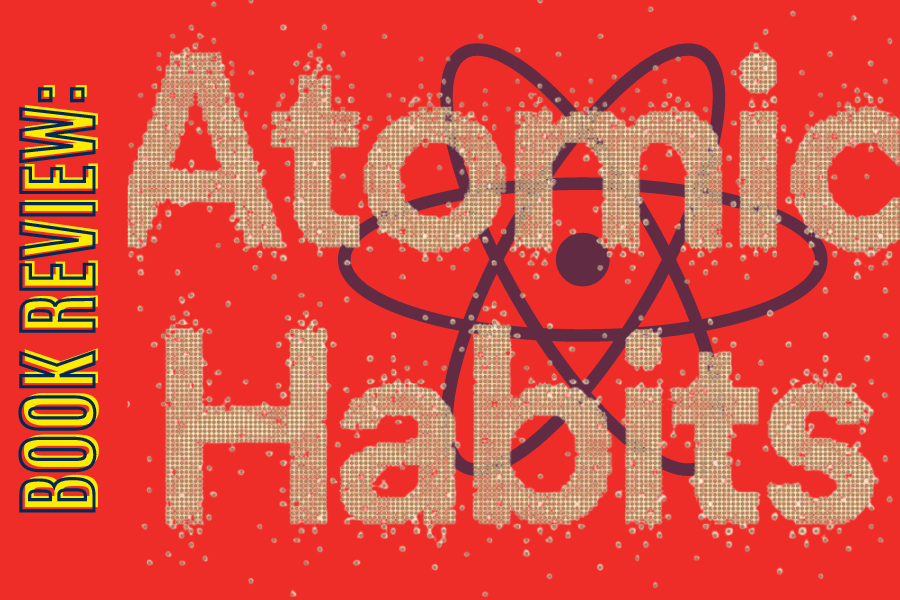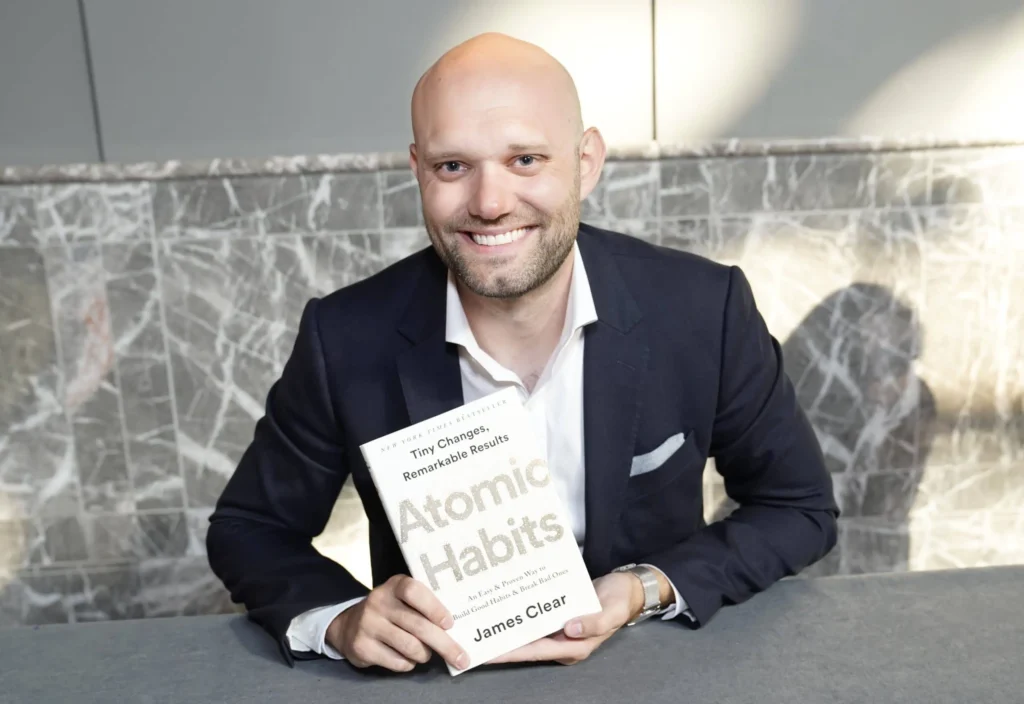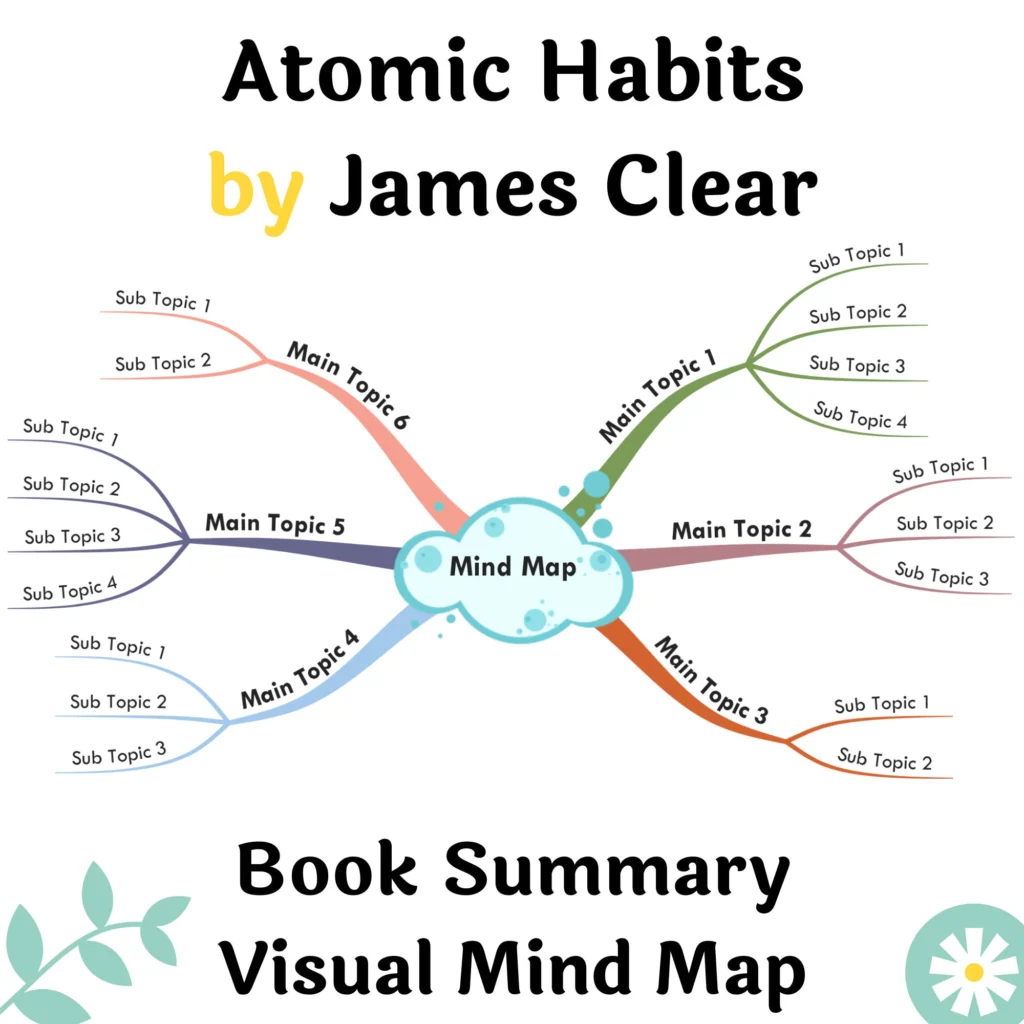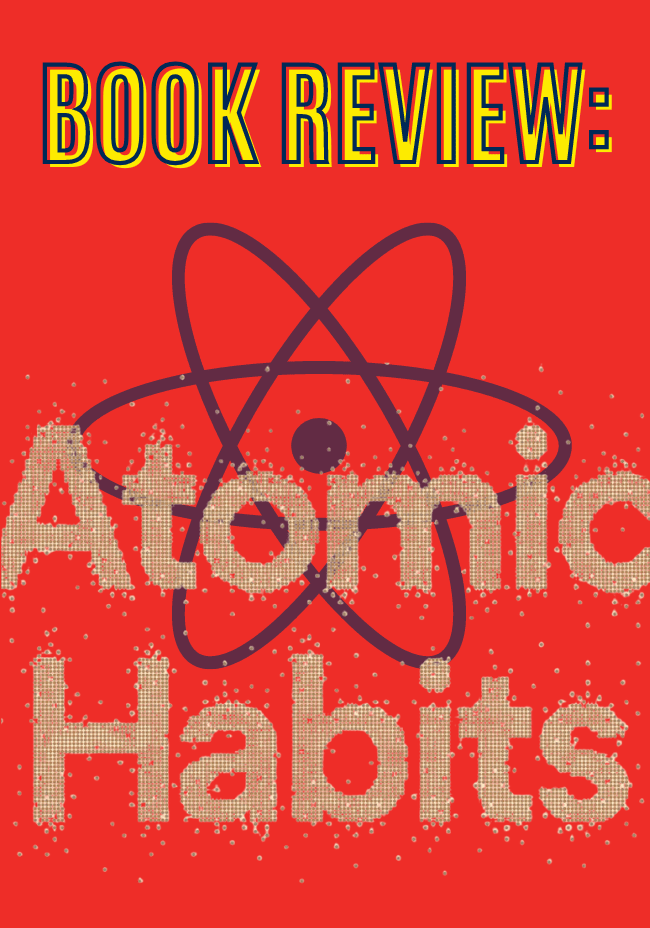Atomic Habits: Unleashing Your Sneaky Superpowers for Success
Atomic Habits: Unleashing Your Sneaky Superpowers for Success
BY ATOMIC | JUL 18, 2023

We recently picked up a copy of James Clear’s best-selling book, “Atomic Habits,” and let us tell you – it didn’t disappoint! With over 10 million copies sold and renowned as a New York Times bestseller, “Atomic Habits” has made quite an impact on the world of self-improvement literature. In this book, Clear offers a proven framework for improving our daily lives through developing good habits, breaking bad ones, and mastering the tiny behaviors that lead to significant transformations.
Atomic Habits
As we dove into “Atomic Habits,” we were impressed by the practical strategies presented by Clear, one of the world’s leading experts on habit formation. His engaging writing style, combined with scientifically-backed techniques, made it a remarkable read that we couldn’t put down. Throughout the book, Clear emphasizes the importance of making new habits attractive and breaking them down into small increments that eventually lead to massive, positive changes in our lives. It’s this simplicity and focus on long-term growth that sets “Atomic Habits” apart from other self-help books out there.
So, if you’ve been struggling to make lasting changes in your life or simply want to enhance your personal growth, we wholeheartedly recommend giving “Atomic Habits” by James Clear a read. Trust us, investing the time in this book will provide valuable insights and tools to optimize your daily routine and achieve your goals. Happy reading!

Overview of Atomic Habits
We recently read Atomic Habits by James Clear. He is an expert on habit formation and offers a fresh perspective on how to create lasting change. Clear has a talent for breaking down complex ideas into digestible and engaging concepts, making the reading experience enjoyable and informative.
In his book, James Clear introduces the concept of atomic habits – small, easy-to-implement routines that, when practiced consistently, can significantly improve our lives. Clear emphasizes the importance of focusing on systems rather than goals to achieve long-term success.
One key idea from the book is that bad habits are the result of an ineffective system, not a lack of desire to change. By implementing the right system, we can build good habits and break bad ones. Here are some primary strategies Clear shares in the book:
- Make habits obvious: To change our behavior, we must first become aware of what triggers our habits and make our environment conducive to developing new ones.
- Make habits attractive: To ensure that we stick to our new habits, we must find ways to make them appealing and enjoyable.
- Make habits easy: The easier it is to take action, the more likely we are to establish a new habit.
- Make habits satisfying: We need to see immediate benefits to feel motivated in continuing a habit.
These main concepts are just a starting point of what Atomic Habits offers. From changing our mindset to practical applications, James Clear provides an accessible guide for anyone wanting to build better habits and experience personal growth.
The Four Laws of Behavior Change
In the Atomic Habits book, we learn about the Four Laws of Behavior Change, which are practical guidelines to help us create good habits and break bad ones. These laws are based on the habit-building process and correspond to different steps in the habit-formation loop. Let’s dive into each law to better understand how it can be applied.
Make it Obvious
As we create a habit, the first step is the cue – the trigger that initiates the action. The first law states we must make the cue obvious, as it helps us become aware of the habit we want to develop. To do this, we can use strategies like setting visible reminders or designing our environment to encourage the habit.
Make it Attractive
The second step in the habit loop is craving, which is the desire to perform the habit. To make a habit more attractive, we can associate it with a positive experience. For example, pairing a new habit with an enjoyable activity can make it more appealing and increase the likelihood of sticking to it.
Make it Easy
The third law states that we should make the habit easy to perform. The easier it is, the more likely we are to consistently follow through with the habit. To make a habit easy, we can break it down into smaller steps or simplify the process, eliminating any obstacles that may hinder its execution.
Make it Satisfying
Finally, the fourth law is about making the habit satisfying. This involves associating the habit with a reward or a positive outcome, reinforcing our desire to continue performing the habit. By providing a sense of accomplishment or a pleasurable experience upon completion, we strengthen the habit loop and make it more likely that we’ll continue practicing the habit.
Key Concepts and Strategies
“Atomic Habits” provides ways to create or manage habits. These four methods differ and allow anyone to be able to apply positive habits to their lives.
Habit Formation
In Atomic Habits, we learn that habit formation is an essential component in building good habits and breaking bad ones. Small habits may seem insignificant, but they compound over time, leading to significant life improvements.

It’s crucial to focus on these small habits and gradually transform them into good ones while breaking the hold of bad habits on us.
Habit Stacking
Habit stacking is another useful strategy from the book, where we combine a new habit with an existing routine. By linking the new habit to an already established one, it becomes easier for us to incorporate it into our daily lives. This strategy makes the new habit more comfortable to remember and maintain, helping us build good habits efficiently.
Temptation Bundling
Temptation bundling is a powerful technique for building good habits. In this method, we pair an activity we enjoy with one we need to do but don’t necessarily find appealing. By bundling our temptations with essential activities, we make the process of building good habits more enjoyable and keep ourselves motivated.
Identity-Based Habits
Another central concept in Atomic Habits is identity-based habits. Our beliefs and core identity influence our habits, and making changes to our identity can have profound effects on shaping our actions. By adjusting our identity, we can develop better habits that align with who we want to become. Reflecting on ourselves and reaffirming our beliefs is key to maintaining good habits and breaking bad ones.
Applying Atomic Habits in Real Life
In our journey to improve productivity and personal growth, the environment plays a crucial role. As mentioned in “Atomic Habits,” it’s essential to make our habits visible. We can do this by rearranging our physical space to support our desired actions. For example, if we want to eat healthier, we can put fruits and vegetables on the kitchen counter.
By designing our environment to support positive behaviors, we’re more likely to stick to our habits and see genuine transformation in our lives. Additionally, we can apply the knowledge we’ve gained about human behavior and logic to help others in our circle make similar improvements.
Continuous Improvement for Teams and Individuals
Building better habits isn’t just for personal growth; we can apply the concepts of Atomic Habits to improve our teams and the overall work environment. To foster a culture of continuous improvement, we can:
- Set clear expectations: As a team, we can establish common goals and outline the habits that will help us achieve them.
- Monitor progress: Regularly assessing our progress helps us identify areas for improvement and maintain accountability.
- Celebrate small wins: Recognizing and celebrating even the tiniest milestone can boost morale and encourage us to continue our growth journey.
By focusing on the process rather than the goal, we create an environment where both individuals and teams can thrive. Together, we can all experience the positive effects of Atomic Habits in our personal and professional lives.

